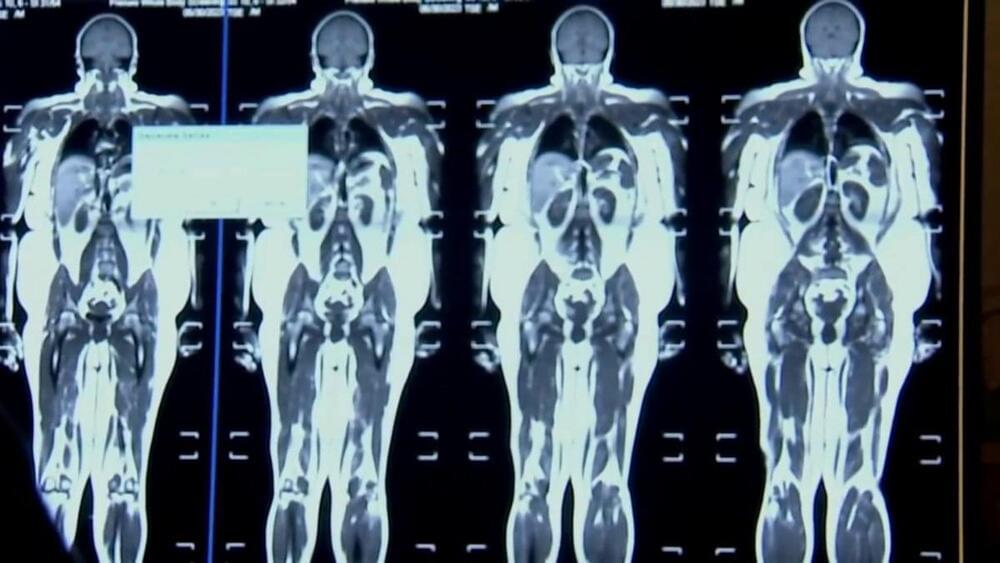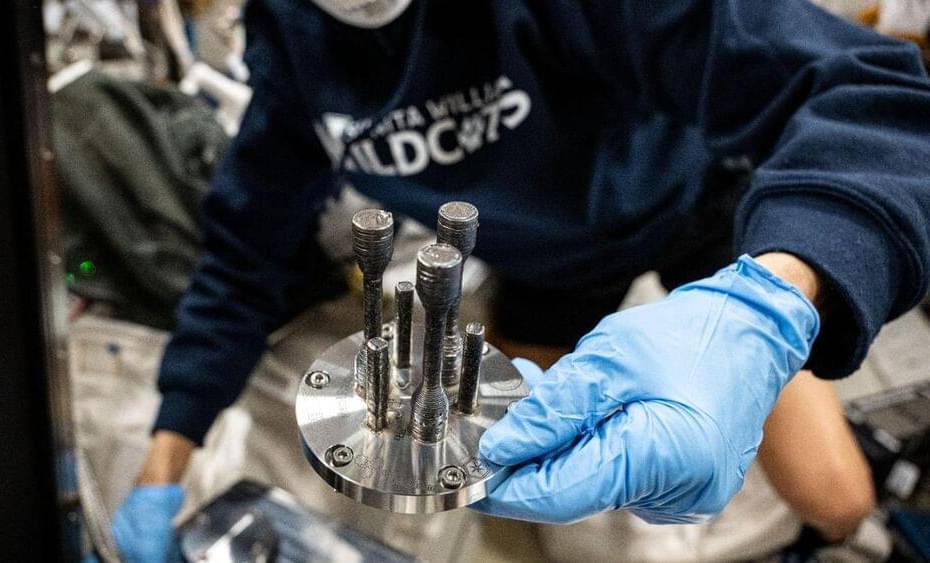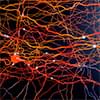Irrespective of their personal, professional and social circumstances, different individuals can experience varying levels of life satisfaction, fulfillment and happiness. This general measure of life satisfaction, broadly referred to as “well-being,” has been the key focus of numerous psychological studies.
Better understanding the many factors contributing to well-being could help to devise personalized and targeted interventions aimed at improving people’s levels of fulfillment. While many past studies have tried to delineate these factors, few have done so leveraging the advanced machine learning models available today.
Machine learning models are designed to analyze large amounts of data, unveiling hidden patterns and making accurate predictions. Using these tools to analyze data collected in previous studies in neuroscience and psychology could help to shed light on the environmental and genetic factors influencing well-being.








